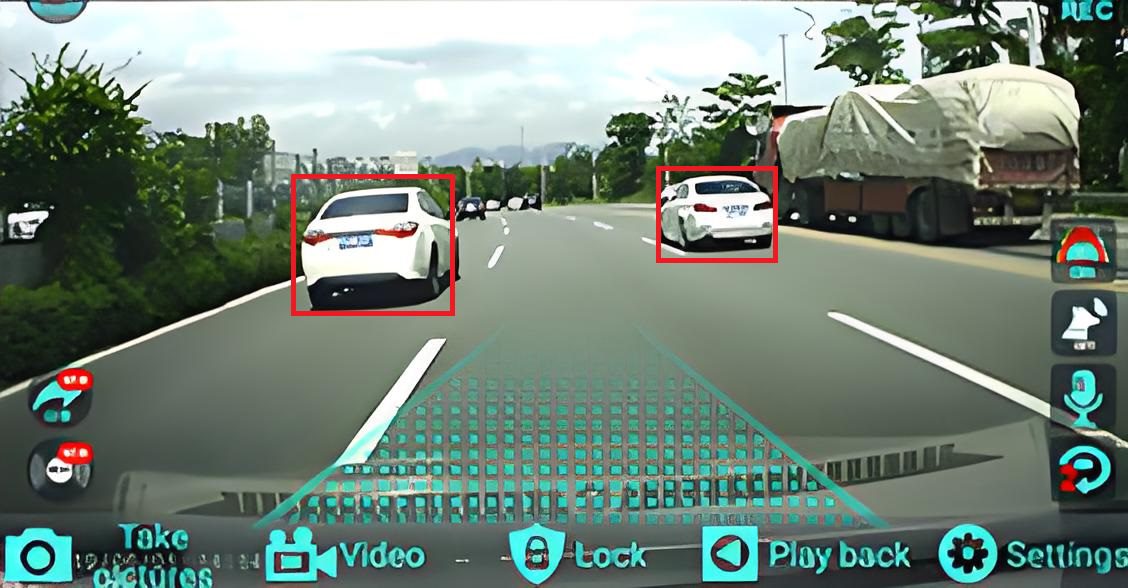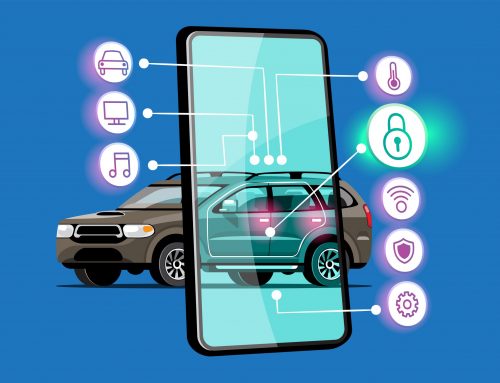
In modern automotive technology, the combination of cameras and advanced driver assistance systems (ADAS) is becoming increasingly important. This integration not only improves driving safety, but also leads to a smarter driving experience. Cameras play a crucial role in ADAS, helping vehicles sense their surroundings and make more accurate decisions.
An overview of Advanced Driver Assistance Systems (ADAS)
ADAS is a set of technologies designed to improve vehicle safety and ease of driving. These systems utilize a variety of sensors and technologies to assist drivers, reduce the risk of accidents, and enhance the driving experience. Common ADAS features include automatic emergency braking, lane keeping assist, blind spot monitoring, and adaptive cruise control.
The role of cameras in ADAS
Environmental awareness
The camera is able to capture real-time images of the road, providing visual information about the surrounding environment. Through image processing technology, ADAS can analyze the location of lane markings, traffic signs, pedestrians and other vehicles. This visual perception enables the system to react in real time, improving driving safety.
Lane keeping assist
The lane keeping assist system relies on a front-facing camera to monitor lane markings. When a vehicle deviates from its lane, the system alerts or automatically adjusts the steering wheel to help the driver stay in the lane. This feature is especially important when driving on the highway, helping to avoid lane departures that can occur due to fatigue or lack of concentration.
Automatic emergency braking
The Automatic Emergency Braking System (AEB) utilizes a front-facing camera to identify obstacles ahead, such as vehicles or pedestrians. When the system detects a potential collision risk, it automatically activates the brakes to reduce the likelihood or severity of a collision.
Blind spot monitoring
The Blind Spot Monitoring system monitors the blind spot area of the vehicle through the side camera. When a vehicle enters a blind spot, the system will issue a warning to help the driver avoid potential collisions when changing lanes. This technology is especially helpful for drivers in large vehicles and complex traffic environments.
Traffic sign recognition
The front-facing camera can recognize traffic signs on the road, including speed limit signs, stop signs, and no signs. By passing this information to ADAS, drivers can get real-time traffic information to help make more informed driving decisions.
Practical application and future prospect
Urban driving: In complex urban environments, the combination of cameras and ADAS can significantly improve driving safety. The system can recognize traffic signals, pedestrians and other vehicles to help drivers better cope with congested traffic situations.
Long-distance driving: On the highway, ADAS features such as adaptive cruise control and lane-keeping assistance can reduce the driver’s operating burden and improve driving comfort.
Smart Cities: With the development of smart cities, ADAS systems may be more deeply integrated with traffic management systems in the future, further improving traffic efficiency and safety.
Conclusion
The combination of cameras and advanced driver assistance systems (ADAS) is driving a revolution in automotive technology that not only enhances driving safety but also improves the overall driving experience by providing real-time environmental awareness and intelligent decision support. As technology continues to advance, we can expect future ADAS systems to become more intelligent and precise, further advancing road safety.




Leave A Comment
You must be logged in to post a comment.